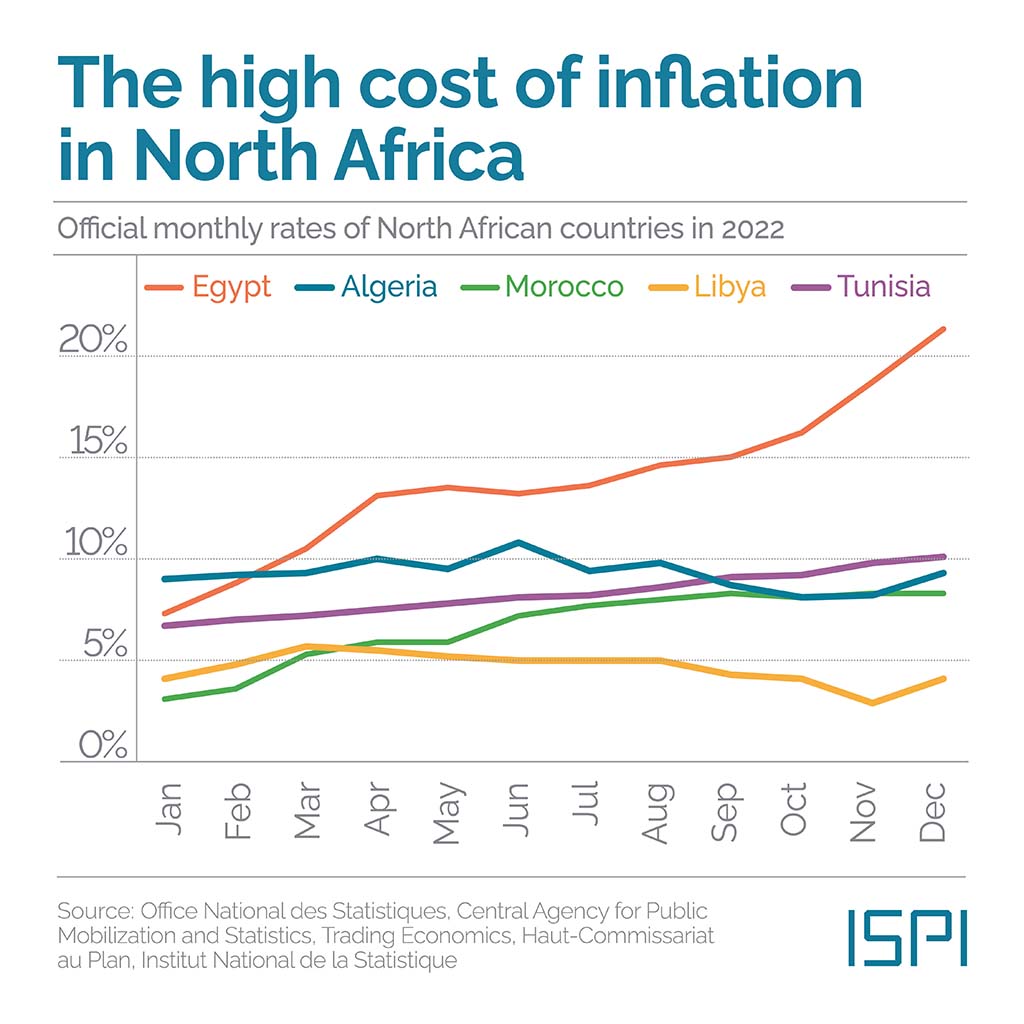
Report on U.S. Military Action and Gender Representation in Defense
Introduction
The United States recently initiated military action against Iranian nuclear facilities, involving the deployment of bunker-buster bombs. This operation has sparked discussions regarding gender representation within the U.S. military, particularly focusing on the pilots of B-2 stealth bombers. This report emphasizes the alignment of these events with the Sustainable Development Goals (SDGs), especially those promoting gender equality and peace.
Military Action and Media Response
- President Donald Trump authorized the use of U.S. military forces to target multiple Iranian nuclear sites.
- Media scrutiny emerged concerning the language used by Secretary of State Pete Hegseth, who referred to B-2 bomber pilots as “our boys.”
- Criticism was raised by New York Times reporter John Ismay, highlighting the presence of both men and women trained to pilot B-2 bombers.
Gender Representation in the U.S. Military
- Over the past 30 years, approximately 500 pilots have operated the B-2 Spirit stealth bomber, with women constituting around 10 of these pilots.
- Recent military operations against Iran included at least one female B-2 pilot, as reported by Fox News correspondent Jennifer Griffin.
- Women currently represent 17% of U.S. service members, reflecting progress toward SDG 5: Gender Equality.
Significance of Female Military Participation
The involvement of female pilots in critical military missions underscores the advancement of women in traditionally male-dominated sectors, contributing to:
- Empowerment of women and girls (SDG 5)
- Promotion of peaceful and inclusive societies (SDG 16)
- Strengthening of institutions through diverse representation (SDG 16)
Public Perception and Social Context
- Secretary Hegseth’s phrase “our boys” was widely accepted as a term of endearment and respect rather than exclusionary language.
- The female pilot’s service exemplifies practical feminism, demonstrating capability and dedication beyond political rhetoric.
- Contrasts were drawn between active female military service and the perceived inaction of some political figures regarding women’s rights in Iran.
Alignment with Sustainable Development Goals
- SDG 5 (Gender Equality): The inclusion of women in high-stakes military roles promotes gender equality and challenges traditional gender norms.
- SDG 16 (Peace, Justice, and Strong Institutions): Military actions aimed at preventing nuclear proliferation contribute to global peace and security.
- SDG 10 (Reduced Inequalities): Recognition of women’s contributions in defense supports efforts to reduce inequalities within institutions.
Conclusion
The recent U.S. military engagement with Iran and the highlighted role of female B-2 pilots illustrate progress toward achieving several Sustainable Development Goals, particularly those related to gender equality and peace. Acknowledging and supporting the contributions of women in defense not only strengthens national security but also advances global commitments to inclusive and peaceful societies.
1. Sustainable Development Goals (SDGs) Addressed or Connected
- SDG 5: Gender Equality – The article discusses the role of women in the U.S. military, highlighting female B-2 bomber pilots and advocating for recognition of women’s contributions and rights.
- SDG 16: Peace, Justice and Strong Institutions – The article touches on conflict involving the U.S. and Iran, issues of security, and the impact of political actions on peace and justice.
- SDG 10: Reduced Inequalities – The article indirectly addresses gender inequalities in the military and societal recognition.
2. Specific Targets Under Those SDGs Identified
- SDG 5: Gender Equality
- Target 5.1: End all forms of discrimination against all women and girls everywhere.
- Target 5.5: Ensure women’s full and effective participation and equal opportunities for leadership at all levels of decision-making in political, economic and public life.
- SDG 16: Peace, Justice and Strong Institutions
- Target 16.1: Significantly reduce all forms of violence and related death rates everywhere.
- Target 16.6: Develop effective, accountable and transparent institutions at all levels.
- SDG 10: Reduced Inequalities
- Target 10.2: Empower and promote the social, economic and political inclusion of all, irrespective of age, sex, disability, race, ethnicity, origin, religion or economic or other status.
3. Indicators Mentioned or Implied to Measure Progress
- Indicator for SDG 5 (Gender Equality)
- Proportion of women in military service roles (e.g., the article mentions 17% of service members are women and 10 out of 500 B-2 pilots have been women).
- Representation of women in leadership or specialized roles (female B-2 bomber pilots as a measure of women’s participation in high-skill military roles).
- Indicator for SDG 16 (Peace, Justice and Strong Institutions)
- Incidence of armed conflict and related casualties (implied by discussion of U.S.-Iran conflict and military actions).
- Public perception and media transparency regarding conflict and military operations (implied through media fact-checking and reporting).
- Indicator for SDG 10 (Reduced Inequalities)
- Measures of social inclusion and equal opportunity in military and public life (implied by discussion of gender equality and recognition).
4. Table of SDGs, Targets, and Indicators
| SDGs | Targets | Indicators |
|---|---|---|
| SDG 5: Gender Equality |
|
|
| SDG 16: Peace, Justice and Strong Institutions |
|
|
| SDG 10: Reduced Inequalities |
|
|
Source: washingtonexaminer.com







